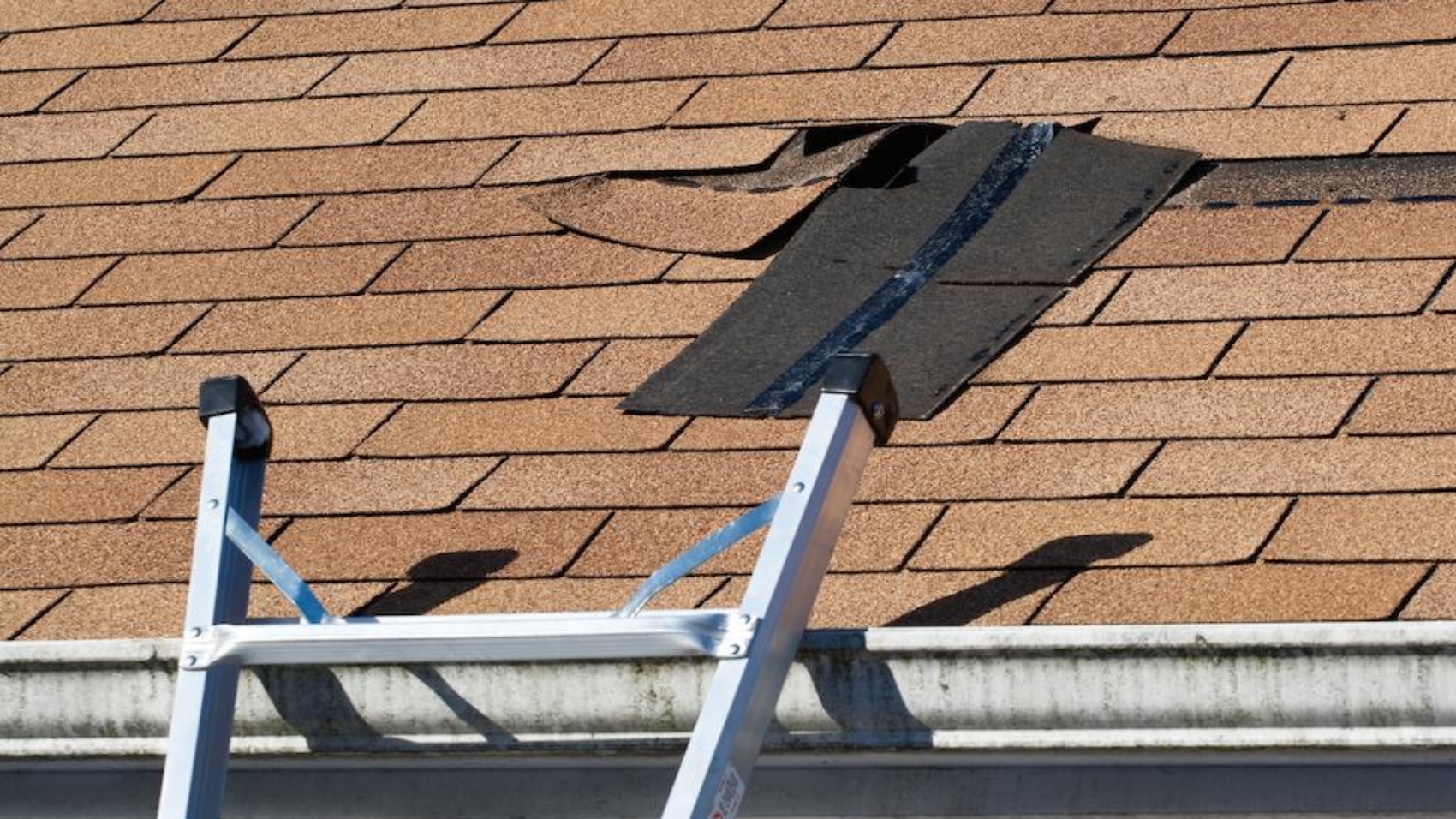Deciding to list your home during the cool fall season can create a few hidden benefits to your sale and can also help ensure you get top dollar for your property. Here are some advantages to listing your home in the fall.
While spring will always be a hot market for real estate deals, sellers are at one particular disadvantage over fall sellers. Curb appeal! Your foremost opportunity to make a great first impression, curb appeal during the fall season is almost effortless with well-maintained lawns and flourishing gardens looking fantastic after the growing season. As the season cools, some homeowners may invest less time in yard work. Discerning sellers can use this to their advantage, making their impeccably maintained properties stand out from neighbouring homes. In addition, cool fall weather is the perfect time to finish do-it-yourself projects, repaint window coverings and garages, stain the decks and repave driveways. Appeal to the season and plant bold fall colours. Selling a home is much like selling an image.
Selling your home can be a lengthy process; attracting buyers, arranging meetings and drawing up offers to complete the sale takes time. Fall schedules usually see people home from vacation and back into scheduled routines. This applies to both sellers and buyers. It can also apply to professional inspectors, appraisers and notaries you may need to hire to complete your sale. Back to their scheduled routines means they are able to complete work more quickly.
With kids back in school and out of the house all day, it’s also easier to keep your home spotless and ready for showings!
One final advantage of listing your home during the fall season is the presence of serious buyers. Often first-time buyers, retirees and people moving for career changes, fall buyers are well researched, eager and ready to commit to the sale. As winter gets closer, most buyers want to ensure they are comfortably moved into their new home before the holidays and the stormy weather begins.













